One of the most popular pieces of writing advice given to aspiring writers is to “kill your darlings.” The instruction is metaphorical, acknowledging that writers may need to sacrifice individual elements of a draft – sentences, chapters, characters, plot threads – for the greater good of the work as a whole. However, watching a lot of modern pop culture, one gets the sense that modern franchise writers would do well to take it more literally and kill their fan favorites.
Recent years have seen an explosion in a trope that might best be summarized as “the fake-out death.” A popular character appears to die but is then resurrected. Sometimes that resurrection happens quickly, within the same episode, film, or season. Sometimes that resurrection takes longer, happening in a later sequel or a subsequent spin-off. The death itself may have been intended in earnest and then revised in response to fan outrage.
There are any number of examples in recent memory. Star Wars is particularly fond of this trope. Of course, death was always an abstract concept in the Star Wars franchise, as characters like Obi-Wan Kenobi (Alec Guinness) and Yoda (Frank Oz) could return as “Force ghosts” after they passed. However, the modern Star Wars franchise has a more revolving-door approach to the concept of resurrection, with previously dead characters clawing their way back to life.
Boba Fett (Jeremy Bulloch) was swallowed by the Sarlacc in Return of the Jedi, but he (Temuera Morrison) clawed his way out to return in The Mandalorian and The Book of Boba Fett. Darth Maul (Ray Park) was cut in half by Obi-Wan Kenobi (Ewan McGregor) in The Phantom Menace but returned to life in both The Clone Wars and Solo: A Star Wars Story. Indeed, Obi-Wan Kenobi couldn’t even keep the Grand Inquisitor (Rupert Friend) dead for a full season.
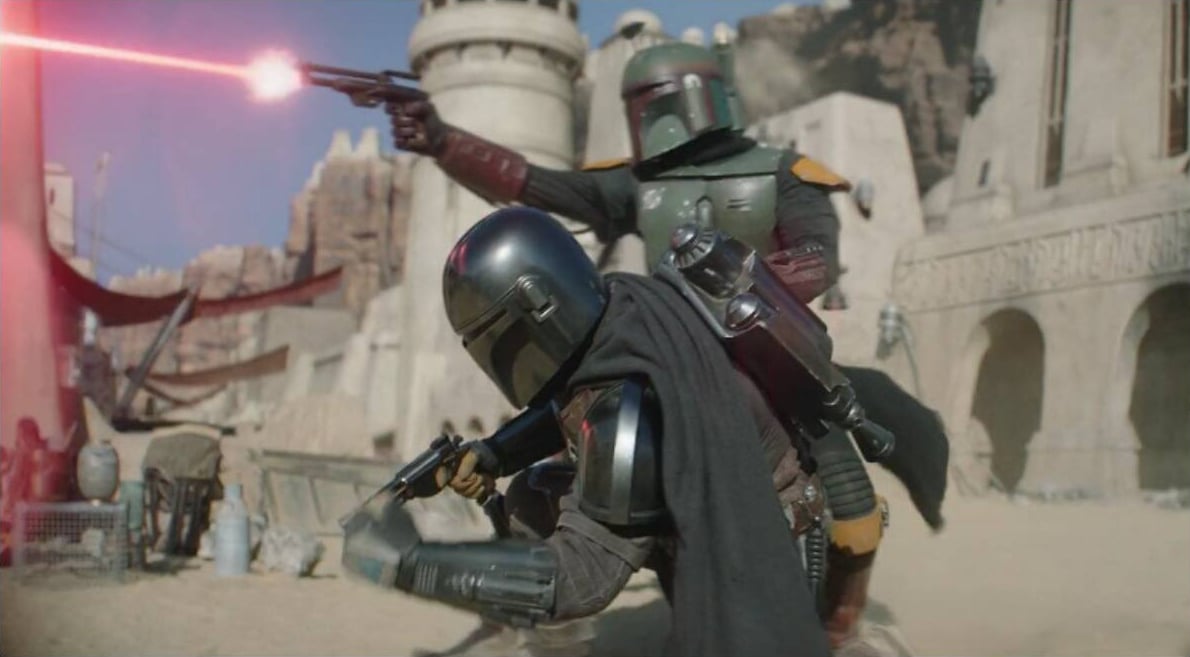
The Rise of Skywalker “somehow” brought back Emperor Palpatine (Ian McDiarmid), who had been thrown to his death at the climax of Return of the Jedi. Some resurrections happen quicker than others. Midway through that film, it appears that Chewbacca (Joonas Suotamo) died in a frigate explosion, but it inevitably turned out that “there was another transport in the desert.” It’s a particularly unconvincing moment in a movie full of unconvincing moments.
Star Wars is not the only franchise to do this. Star Trek: Discovery killed off the character of Hugh Culber (Wilson Cruz) during its first season and resurrected him the next year. The first season of Star Trek: Picard ends with the death of Jean-Luc Picard (Patrick Stewart), only to immediately transfer his consciousness into a perfect android replica. Star Trek: Strange New Worlds killed off Chief Engineer Hemmer (Bruce Horak), only for Horak to assure fans that “the Star Trek career of Bruce Horak is not over.”
This is a ubiquitous trend in popular culture. Hopper (David Harbour) appeared to be disintegrated at the end of the third season of Stranger Things, only for the teaser for the fourth season to reveal his survival. The Batman teased killing Alfred (Andy Serkis) and then didn’t. Kirby Reed (Hayden Panettiere) was brutally attacked and stabbed in Scream 4, only for the sequel to confirm that she survived via quick in-joke and the production team to announce that she would return in Scream 6.
This is just something that franchises do now. In Avengers: Endgame, the only thing that could actually permanently kill off characters like Tony Stark (Robert Downey Jr.) and Black Widow (Scarlett Johansson) was the actors refusing to renew their contracts. If Downey Jr. or Johansson returned, it seems likely their characters would be magically resurrected. Indeed, Steve Rogers (Chris Evans) exists in a weird state of limbo, with fans unsure whether the character is dead or alive.
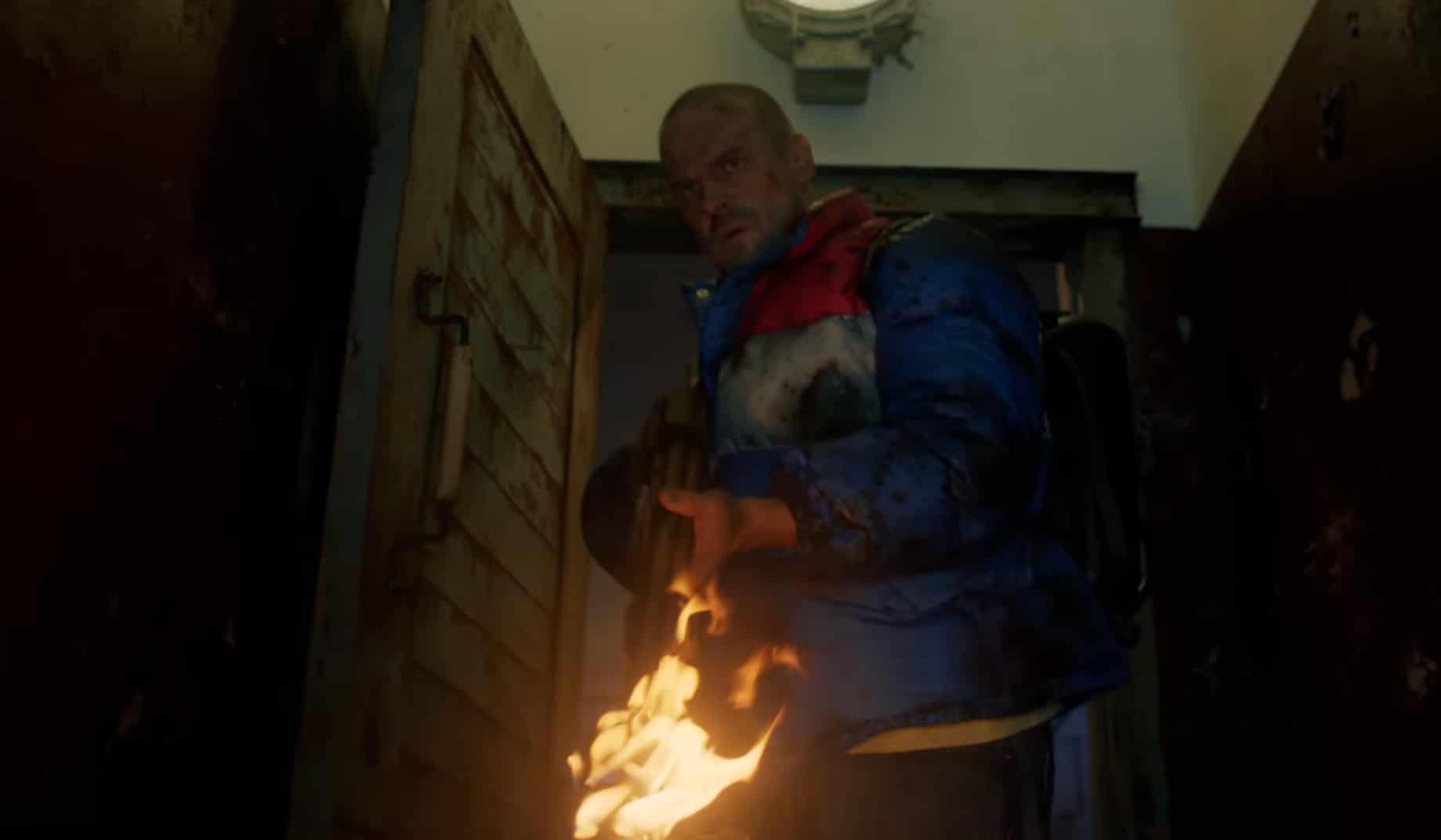
It wasn’t always this way. In the past, it was understood that key and beloved characters in a given narrative could be killed off. Neither Vito (Marlon Brando) nor Sonny Corleone (James Caan) makes it to the final frame of The Godfather. Quint (Robert Shaw) gets eaten by the shark in Jaws. Rachel Dawes (Maggie Gyllenhaal) gets blown up in The Dark Knight. Boromir (Sean Bean) gets hacked to pieces in The Fellowship of the Ring. Kyle Reese (Michael Biehn) dies in The Terminator.
Horror movies used to be particularly ruthless when it came to killing off legacy characters, with sequels often killing the “final girl” from the previous film. Nancy (Heather Langenkamp) survives A Nightmare on Elm Street to get murdered in Dream Warriors. Rachel Carruthers (Ellie Cornell) survives Halloween 4: The Return of Michael Myers, only to be dispatched quite early in Halloween 5: The Revenge of Michael Myers.
Scream 2 brutally kills off fan-favorite character Randy (Jamie Kennedy), in a shocking sequence. He is murdered in the middle of broad daylight while standing in a wide-open space, one of the franchise’s most ruthless (and effective) pieces of brutality. In contrast, when the most recent sequel (just called Scream) kills off legacy character Dewey (David Arquette), it feels obligated to signpost that death from the character’s introduction and to make the scene feel almost epic and heroic, complete with soaring score.
Television was a slightly different ballgame, owing to the nature of its production realities. The fact that actors were signed to contracts over several years, as well as the fact that studios insisted that shows be constructed so episodes could be watched out of order in syndication, made it harder for shows to kill off major characters. However, that changed as television entered its so-called “Golden Age” at the turn of the millennium, as commercial constraints relaxed to allow greater creative freedom.
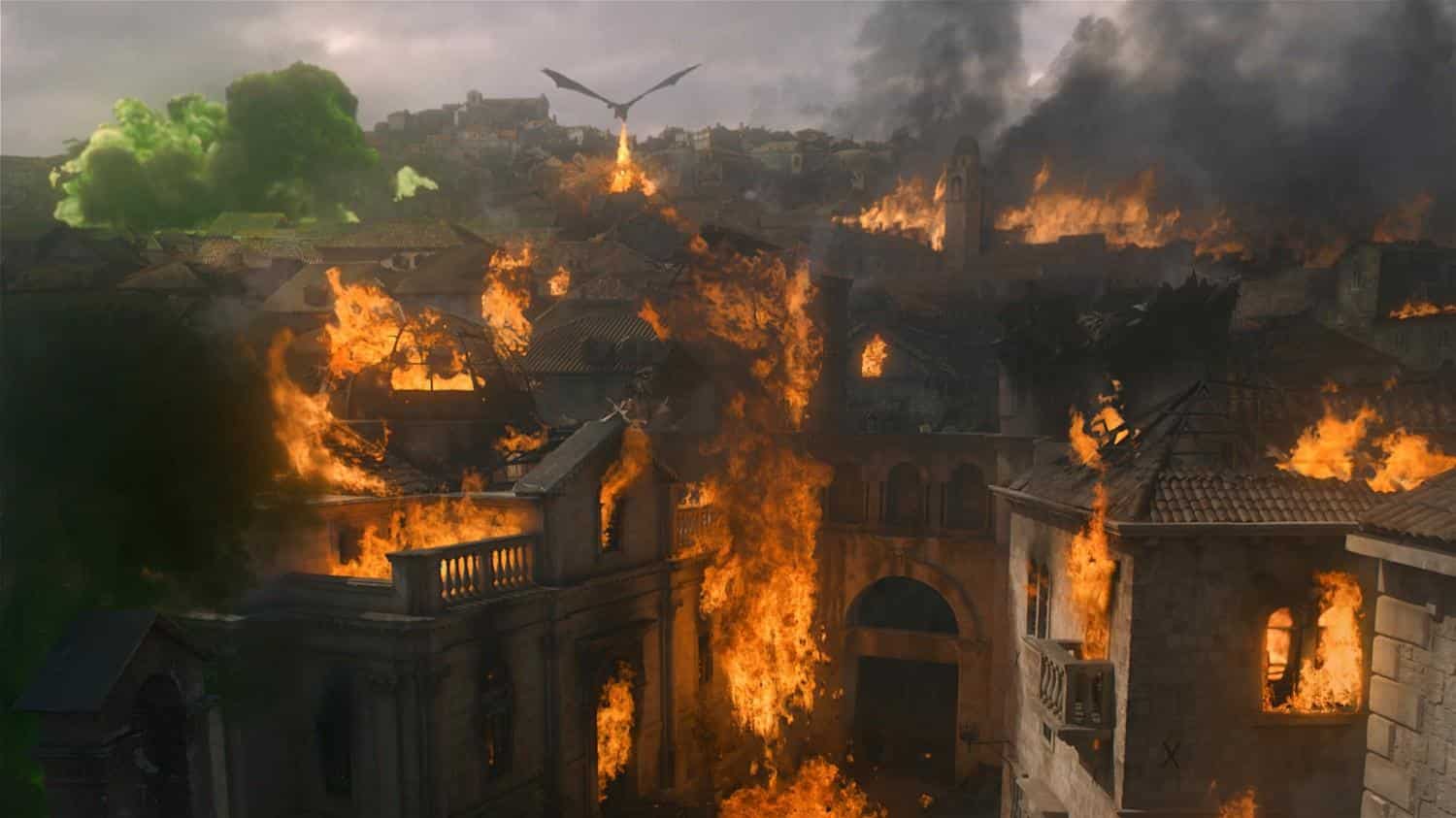
Shows like Lost and Game of Thrones understood the value in killing off beloved characters. It’s possible to argue that the brutality of character deaths like those of Charlie Pace (Dominic Monaghan) on Lost or Oberyn Martell (Pedro Pascal) on Game of Thrones was a large part of the appeal. There were few television events quite as impactful as “the Red Wedding,” a horrific sequence in Game of Thrones that killed off several main and supporting characters.
Of course, some critics would argue that killing off characters is a cheap and overused narrative trick. In reality, it is a storytelling tool like any other. It can be used well, and it can be used poorly. A good character death has genuine emotional impact and lingers with the audience. However, the knowledge that a popular character is unlikely to remain dead immediately undercuts that impact and teaches the audience not to treat these moments as permanent or lasting.
While Stranger Things brought Hopper back in its fourth season, it did seemingly kill off one popular character. In what is both proof of the impact of such a death and a demonstration of the difficulty some fans can have accepting such a death, executive producer Shawn Levy’s tweet on the subject generated two types of replies. The first type of response acknowledged the emotional impact of the death. The other demanded a swift resurrection for the character, even using hashtags like #justicefor[spoilercharacter] and #bringback[spoilercharacter]. There have been outraged articles and fan petitions.
More to the point, refusing to kill off and say goodbye to characters — particularly in long-running series and franchises — also leads to creative stagnation. Many of the best ongoing franchises have demonstrated an ability to rotate their casts, replacing old fan favorites with new favorites. No single cast member appeared in all 15 seasons of E.R. Kiefer Sutherland was the only regular to appear in all eight seasons of 24. Doctor Who rotates its central cast every few years.
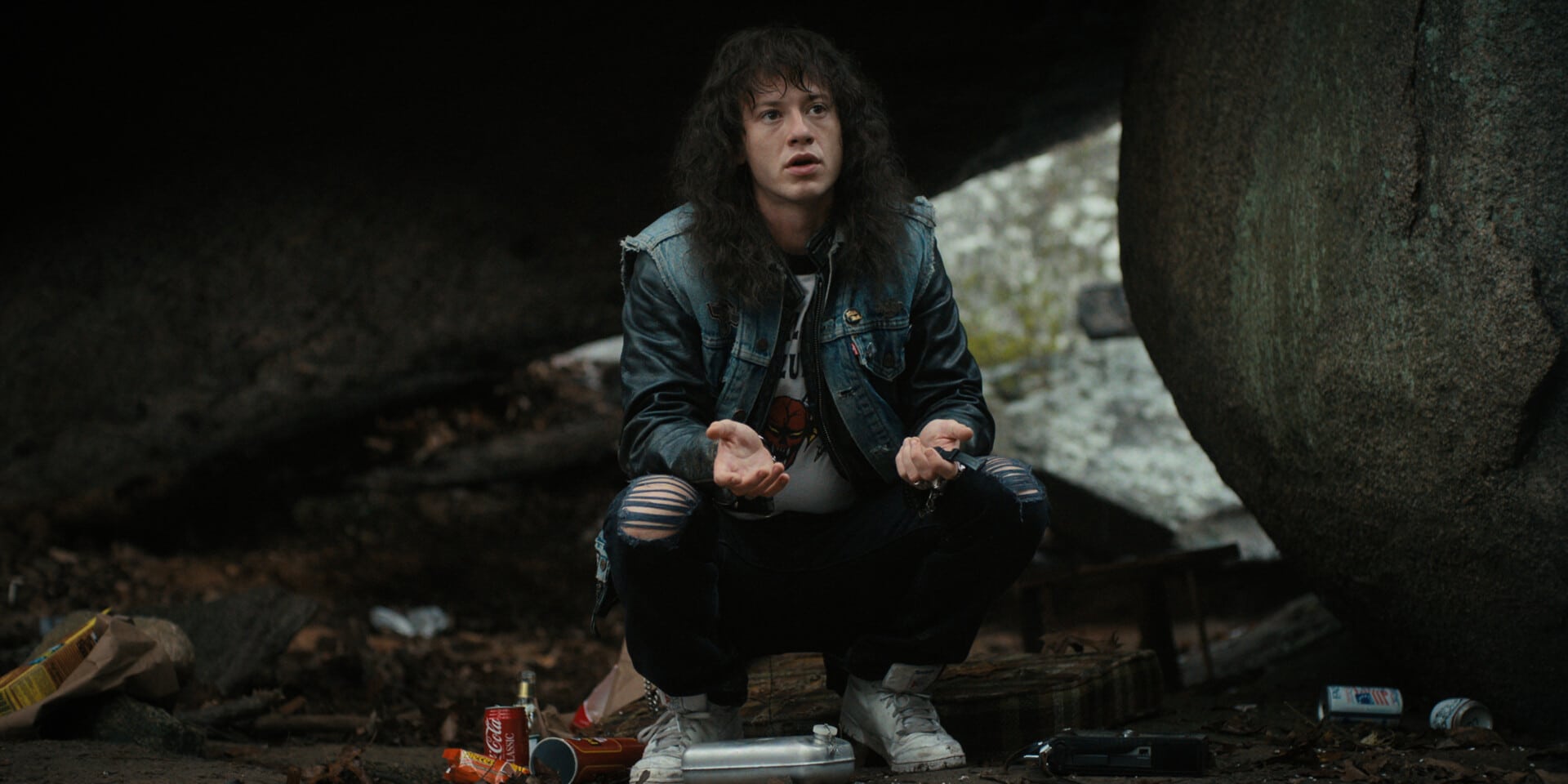
In contrast, recently franchises like Star Wars and shows like Stranger Things have struggled to introduce new characters, often crowding them out with returning cast members. It is an inherently conservative approach, attempting to offer fans “more of the same” to diminishing returns instead of embracing the potential of new ideas and concepts. If the modern franchise era has convinced fans that their favorite stories need never end, the same is true of their favorite characters.
To be fair, it is easy to understand why studios and writers have become so reluctant to say goodbye to popular characters. Fans increasingly assert ownership of these intellectual properties and have grown increasingly comfortable targeting actors and creators about creative decisions with which they do not agree. The Force Awakens had killed off Han Solo in 2015, after actor Harrison Ford had spent decades arguing to kill off the character, but fan culture had changed dramatically since then.
One can only imagine how angry fans would be if Star Trek had killed off Picard or if Star Wars had killed off Chewbacca. However, the result is a pop culture that patronizes and condescends to its viewers, fixated more on what the vocal online audience wants than what the story needs. Jurassic World Dominion is a surprisingly toothless monster movie, because it loads its cast with returning actors that it knows are too popular to kill off.
This coddling of fans at the expense of story extends beyond death. Increasingly, it seems like online audiences are unwilling to accept their favorites experiencing any hardship whatsoever, whether making poor choices or even confronting setbacks. These fan-favorite characters can no longer demonstrate human flaws or make choices that exist outside the narrow band of audience expectations. It’s not that they can’t die; it’s also that they can’t grow.
These days, beloved franchises may not be able to kill their characters, but they can kill any meaningful sense of stakes or drama.

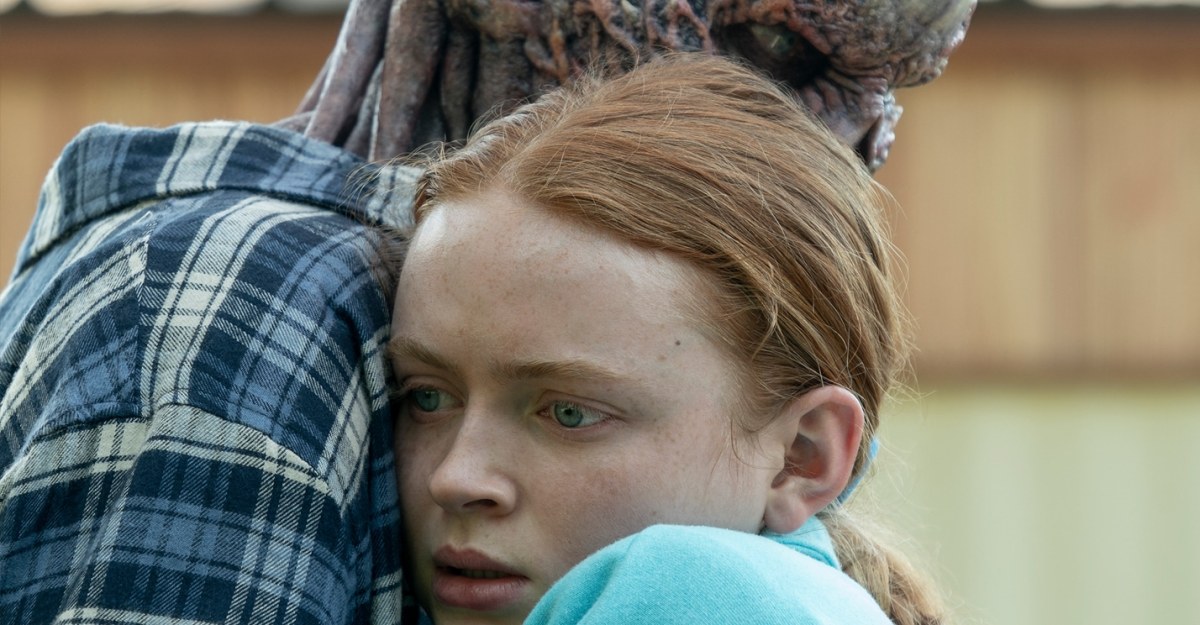









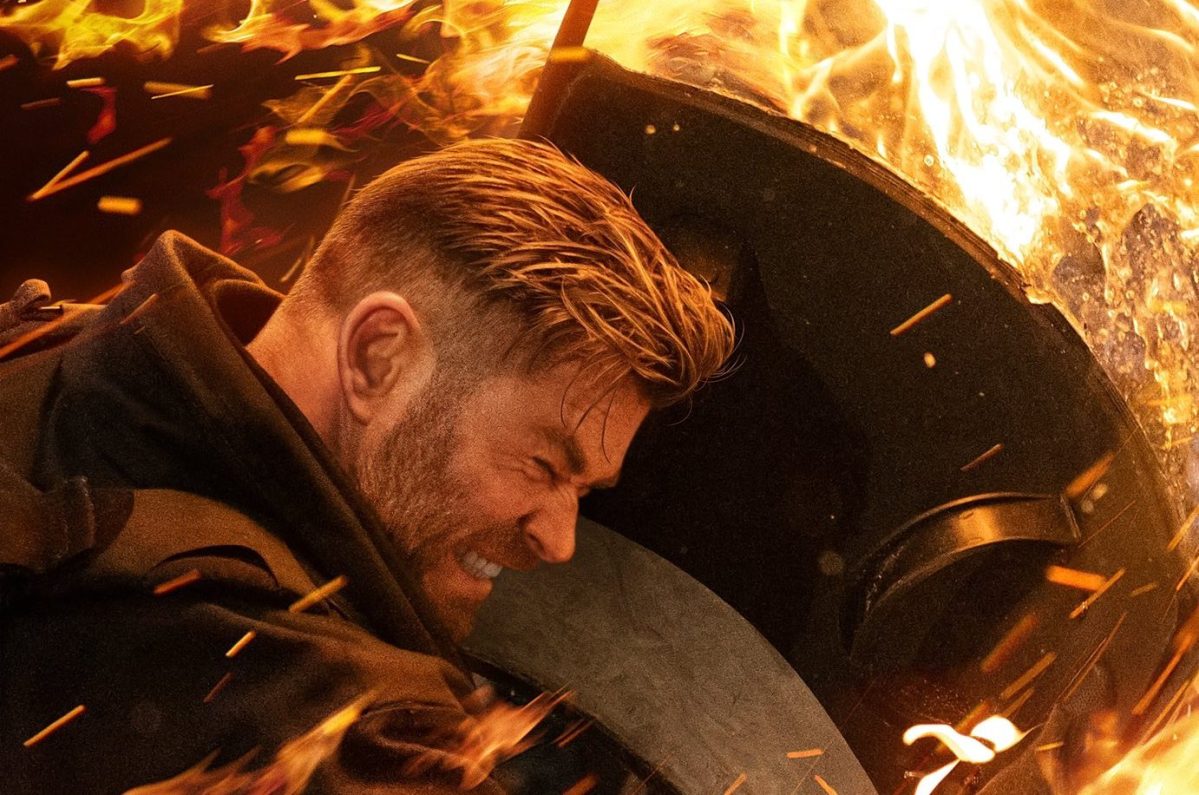


Published: Jul 6, 2022 3:25 PM UTC